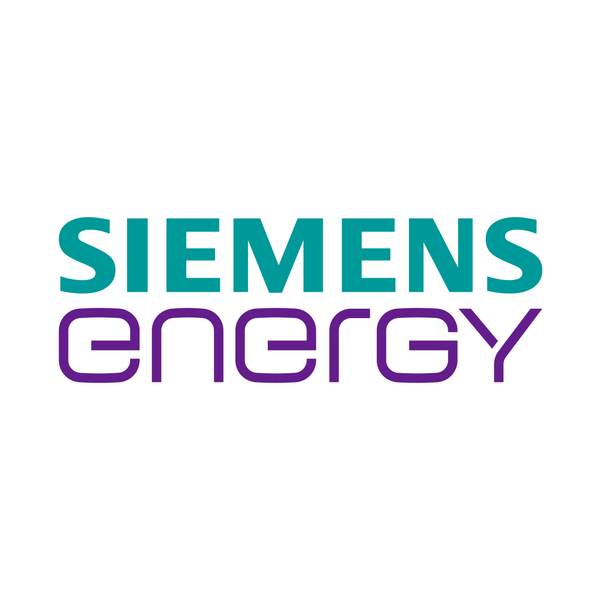Siemens Energy Global GmbH & Co. KG
Siemens Energy generator plant Erfurt
Competence with tradition
The Erfurt generator plant has undergone a remarkable development from its foundation to the present day, which has always been influenced by its employees. In almost 80 years, they have developed the plant into one of the world's leading development and production facilities for air-cooled generators. Today, Erfurt is also a competence center for the manufacture of stator windings for air-, water- and hydrogen-cooled generators as well as for the production of segmented laminations, exciter machines and slip ring shafts.
The components and generators from Erfurt are supplied to renowned energy suppliers and companies all over the world. Siemens Energy's global network of plants also relies on high-tech from Thuringia.
Generators from Erfurt are a core element of decarbonization
With their high quality and reliability, the generators, components and phase shifters manufactured in Erfurt make a significant contribution to the energy transition and form the core element of environmentally friendly energy generation from waste heat, biomass, hydrogen or solar thermal energy.
Generating electricity with a generator
A generator is an electrical machine that converts mechanical energy into electrical energy. Its mode of operation is based on the dynamo-electric principle, which Werner von Siemens patented in 1867 with the first dynamo machine. It states that an electric generator does not require an externally supplied electric current to start generating electricity. Residual magnetism in the iron can already create a self-amplifying electrical induction. The mechanical power required by a generator to produce electricity is nowadays often provided by a turbine. This drives a shaft, the so-called rotor. It rotates in the stator core, i.e. inside the generator. The rotor is equipped with an electromagnet. The moving magnetic field of the rotor causes a charge displacement in the conductor windings of the stator. This charge displacement generates an electrical voltage between the ends of the conductors. The mechanical energy acting on the rotor thus generates electrical energy in the stator - i.e. electricity.
Rotor and stator - a strong team
The torque required for the generator is transmitted from the turbine to the rotor via the coupling. To achieve a frequency of 50 Hz, it must rotate 3,000 times per minute in the stator housing - that is 50 revolutions per second. With a rotor weight of up to 65 tons and a length of up to 16 meters, the centrifugal forces at work are enormous. Each rotor is tested with the precision of a clockwork on a test stand, the so-called balancing bunker: It is mechanically balanced and subjected to electrical and overspeed tests.
Technical masterpieces from Thuringia
Siemens Energy is one of the leading international manufacturers of generators. Each generator is adapted to the requirements of the respective customer using high-tech production methods and meticulous attention to detail. In Erfurt, two- and four-pole generators, phase shifters and large electric drives with air cooling are built, representing the state of the art. The different number of poles relates to the design of the rotor and determines the frequency of the voltage output by a generator. A gas or steam turbine drives the rotor. Both the two-pole and four-pole generators are manufactured in versions for 50 Hz and 60 Hz networks. The two-pole generators require twice the rotor speed of the four-pole generators in order to achieve the same frequency. The four-pole generators manufactured in Erfurt are very compact and can be produced economically up to around 70 MVA. Two-pole machines from Erfurt achieve peak values of up to 380 MVA thanks to their different design. Both generator types achieve a world-class efficiency of almost 99% and can be used to generate electricity in all areas of application, from power plants to industrial facilities. Around 1500 generators from Erfurt with a total capacity of almost 150,000 MVA are in operation worldwide. Together, these generators can supply almost 300 million people with electricity.
Sustainable for the region
The Erfurt generator plant is one of the city's largest employers. Almost 600 people are employed at the site. We are currently driving decarbonization at the site as an ideal partner of TH2ECO. Through numerous energy-saving projects, optimization measures and technical measures, which are implemented in the course of certification according to the globally valid energy standard DIN EN ISO 50001, we are reducing our CO2 footprint step by step every year.

Facts
- Established: 1945
- Industries: Electrical engineering
- Employees: about 600
Contact
Siemens Energy Global GmbH & Co. KG
Werner-von-Siemens-Str. 1
98617 Erfurt
+49 911 6505 6505
www.siemens-energy.com
